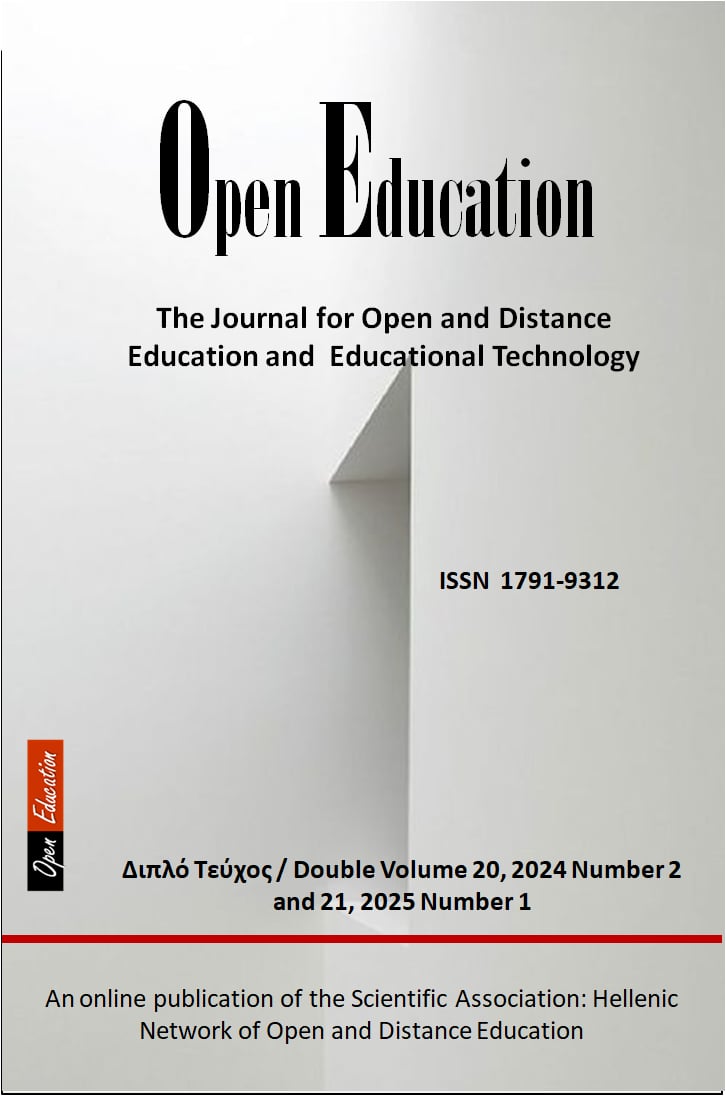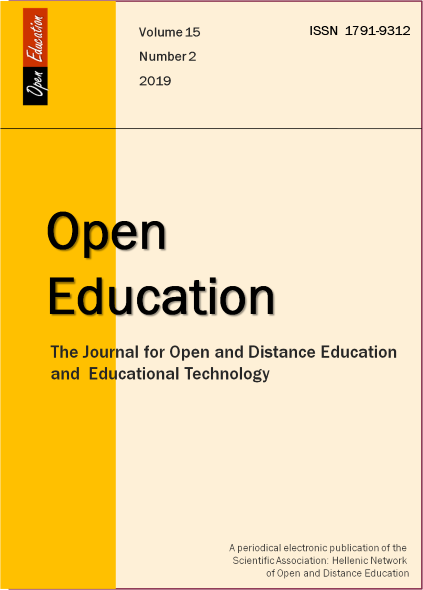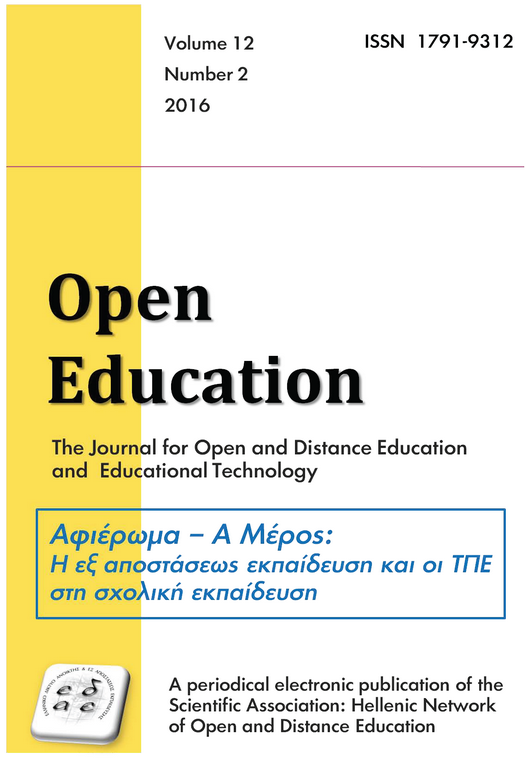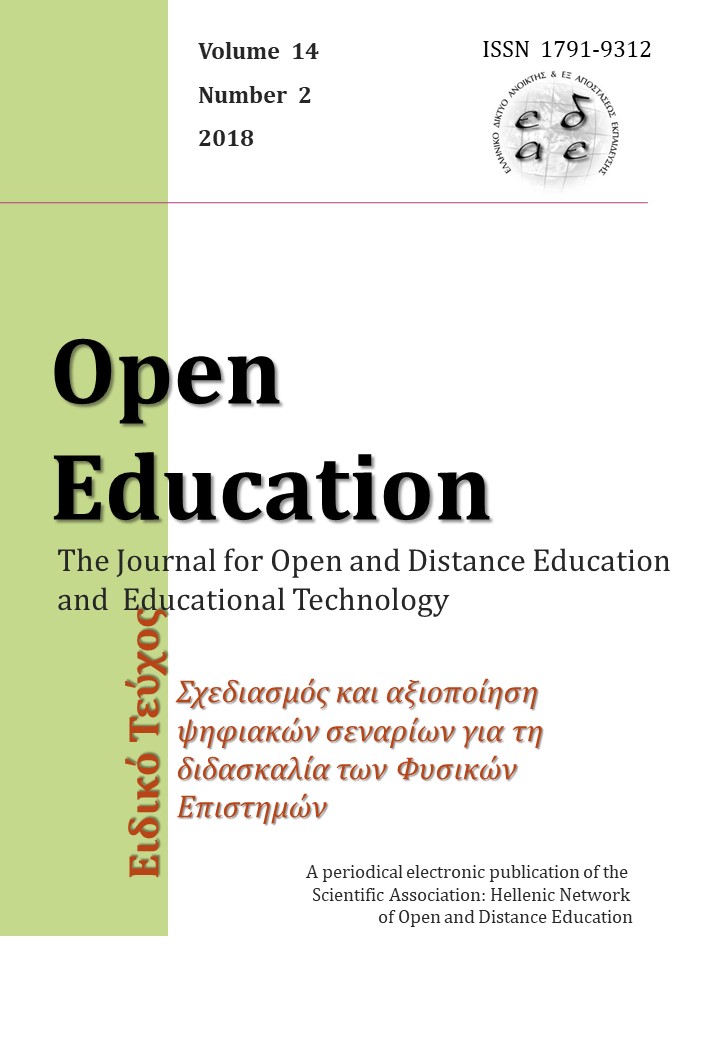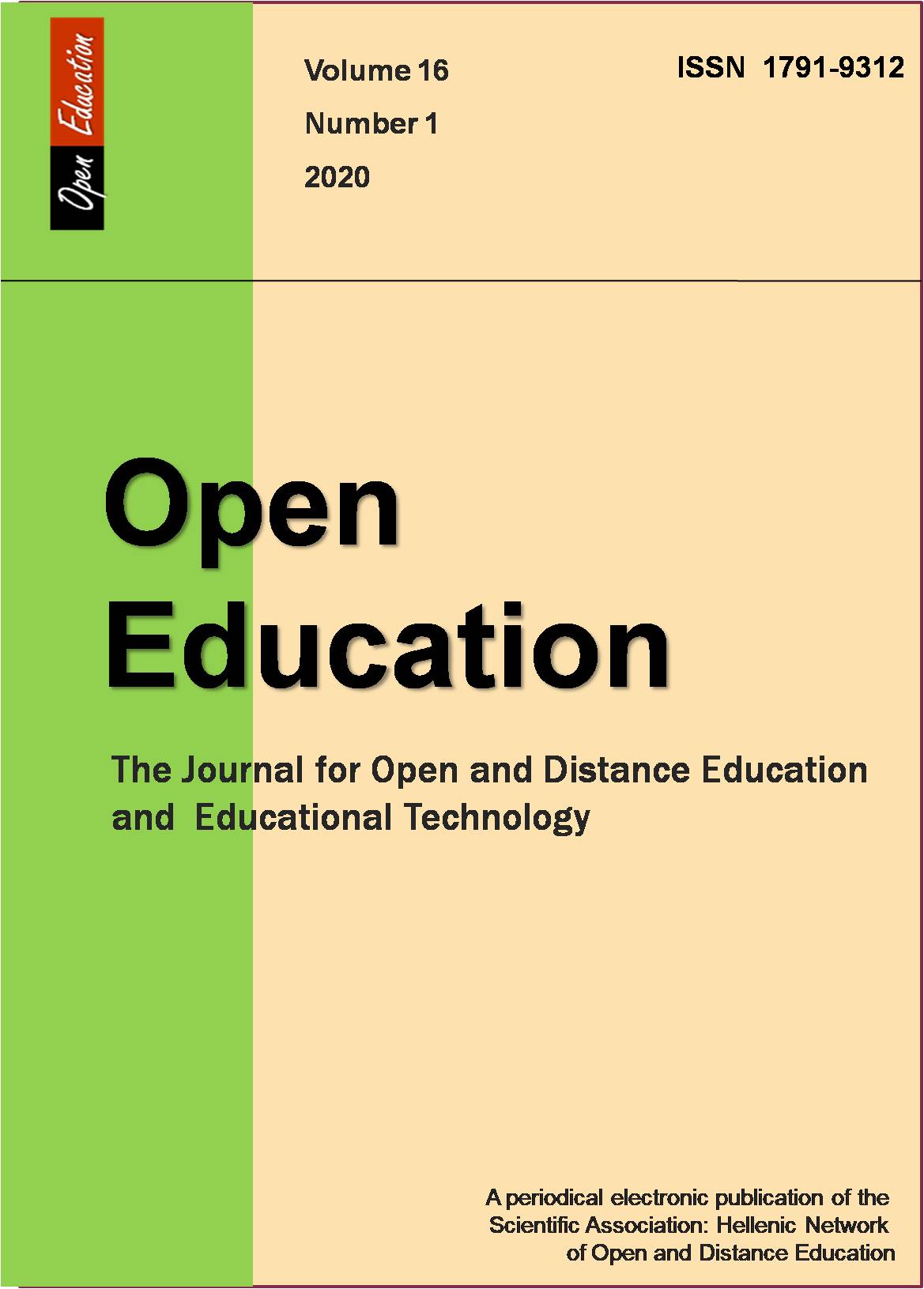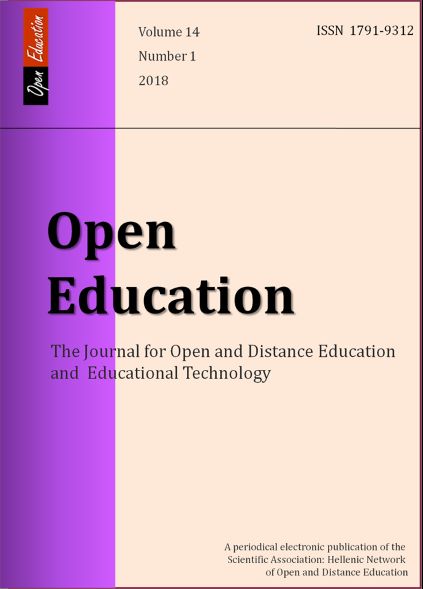Evaluation of the Utilization of Virtual Reality (VR) Technology in Teaching Chemistry Using the Flipped Classroom Method
Abstract
In the field of broader pedagogical research, as it is shaped by the integration and utilization of digital media and emerging technologies in education, various research paradigms and methodological approaches are used to analyze and highlight the factors that can contribute to the improvement of teaching and learning (Liu et al., 2024; An & Oliver, 2020). The main challenge lies in integrating innovative teaching methods that, on the one hand, can transform the forms, context, content, and means of interaction developed during the teaching process and, on the other hand, incorporate the capabilities provided by educational technology, including distance education (Allman, Kimmons & Wang, 2024).
The flipped classroom model is considered by many researchers as an innovative methodological approach to teaching and learning that allows students to choose when, where, and how they will learn (Kong, Wang & Rajabov, 2024; Tavares, et al., 2020; Cabi, 2018; Hamdan, McKnight & Arfstrom, 2013). This approach enables educators to focus more on problem-solving exercises and deeper analyses of teaching content, highlighting their role as 'knowledge facilitators,' as advocated by the methodology of distance education. In the flipped classroom, personalized learning and a student-centered approach to teaching become feasible as activities can be designed and implemented to cater to the individual needs and abilities of each student (Montgomery, et al., 2019).
The relevant literature highlights that educational resources and appropriately designed teaching materials form the foundational basis for implementing the flipped classroom model and recognizes that modern digital technologies provide students with unlimited sources of information while simultaneously extending the classroom gradually by utilizing innovative online spaces (Van Alten et al., 2019; DeLozier & Rhodes, 2017). Virtual Reality (VR) technology is characterized as highly dynamic in the field, especially concerning its integration into e-learning platforms and online distance education environments (Petersen, Petkakis, & Makransky, 2022). Particular emphasis is placed on the simulation capabilities provided by VR technology and its use in teaching activities that allow students to explore and interact with objects or situations that would not be possible in a traditional educational environment (Hussein & Nätterdal, 2015).
Within the framework of the flipped classroom model, VR technology can transform the educational process as it can simulate the physical presence of a student in a virtual or imaginary environment to offer them a new learning experience (Dong & Hui, 2020). The literature identifies the design of flipped classroom interventions using VR and the evaluation of their impact on improving student performance and their response to educational and learning demands as significant challenges (Pen, 2023; Lin et al., 2022; Morris, 2022). This study aims to present the design, implementation, and evaluation of a teaching intervention that utilizes VR technology for teaching Chemistry to first-year upper high school (Lykeio) students through the flipped classroom model in Greek secondary education.
Article Details
- How to Cite
-
Χαλακατεβάκης Χ., Καλογιαννάκης Μ., Μουζάκης Χ., & Κωτσίδης Κ. (2025). Evaluation of the Utilization of Virtual Reality (VR) Technology in Teaching Chemistry Using the Flipped Classroom Method. Open Education: The Journal for Open and Distance Education and Educational Technology, 21(1), 83–107. https://doi.org/10.12681/jode.38492
- Section
- Articles

This work is licensed under a Creative Commons Attribution-NonCommercial-ShareAlike 4.0 International License.
Copyright Notice
Authors who publish with this journal agree to the following terms:
Authors retain copyright and grant the journal right of first publication with the work simultaneously licensed under a Creative Commons Attribution Non-Commercial License that allows others to share the work with an acknowledgement of the work's authorship and initial publication in this journal.
Authors are able to enter into separate, additional contractual arrangements for the non-exclusive distribution of the journal's published version of the work (e.g. post it to an institutional repository or publish it in a book), with an acknowledgement of its initial publication in this journal.
Authors are permitted and encouraged to post their work online (preferably in institutional repositories or on their website) prior to and during the submission process, as it can lead to productive exchanges, as well as earlier and greater citation of published work.

